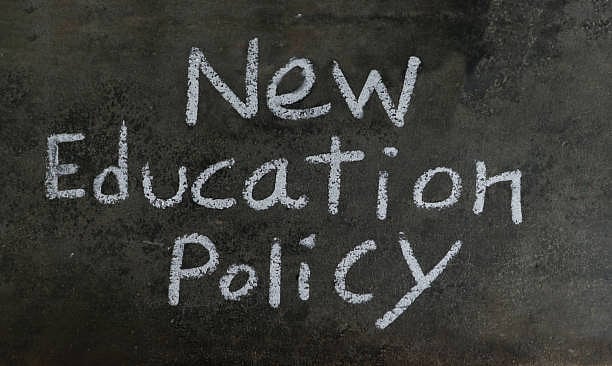
Image for representational purposes.
Credit: iStock Photo
Several states in India have introduced, then withdrawn, age cutoffs for children starting formal schooling. In Karnataka, over five lakh children are affected by age restrictions for admission to Class 1.
Economists have extensively studied educational policies and their outcomes, and school starting age is no exception. Policies related to school starting age have relevant precedents.
India’s push to set a school entry age stems from the New Education Policy (2020). A standardised cutoff date would align India’s educational policy and system with those of countries like the United States, Australia, and Finland.
Karnataka appears unwilling to consider any relaxation and offer flexibility. While it has relaxed rules in the past, is strict enforcement warranted? Why are such policies introduced in the first place?
In most developed countries, governments not only mandate school starting ages, but parents often delay their children’s entry into formal schooling — a practice known as redshirting.
Beyond aligning educational policies with global norms, the Indian government seeks to standardise children’s foundational learning. A uniform starting age helps achieve this.
Additionally, child development experts generally agree that children under six are not cognitively and emotionally ready for formal schooling. For instance, younger children may lack the motor skills needed even to form letters. The government’s emphasis on preschool education aims to ease the transition to formal schooling.
In contrast, some parents hold back the children with the view that older children will perform better academically and in sports. A six-month age gap among young children can significantly enhance motor skills, emotional intelligence, cognitive ability, and confidence —potentially leading to better long-term outcomes.
So, allowing flexibility in school starting age might benefit some children. Yet, in most Indian states, including Karnataka, parents often request that schools grant admission to their children who may be younger for the grade, reversing the redshirting trend.
The impact of preschool, grade repetition, and school entry age needs careful consideration. Preschool generally has positive effects, whereas grade repetition is associated with adverse outcomes. The experience of other countries in this regard suggests that older students may have some academic advantages, but these benefits tend to diminish over time.
A study on Australia’s school starting age reforms in 2002 and 2007 provides useful insights. It studied the impact of changing the school cutoff in conjunction with introducing preschool. It found preschool beneficial, with older children performing better than their younger peers. However, children whose regular grade progression was disrupted during the transitioning year suffered academically across a variety of subjects—especially older students.
This suggests that children should continue with their expected grade progression, even if slightly younger than their peers. Forcing underage students to repeat a grade is likely more harmful than beneficial.
Schools that have enforced the age cutoff norms should be allowed to enrol lower-age children if the child has completed preschool. There is also the logistic cost of not achieving a standardised school starting age this year, but we have managed that for the last couple of years. Besides, policies that engender maximal public support often succeed best.
So, the decision to relax the norms, as several other states have made, and to allow children below the cutoff age to start formal schooling is unlikely to adversely affect outcomes, and the net effect is almost surely positive.
It is, of course, possible that parents may want children to attend formal schooling, as it runs several hours longer than preschools. This would allow parents to work longer hours or, in some cases, to rejoin the labour force.
Forcing parents to forgo this choice to work longer hours while their children are at school must be weighed against the adverse effects of the financial burden of preschool fees, any adverse effect of continued disengagement from paid work, and any detrimental impact of repeating preschool for the child.
Finally, it is vital to remember that parents have as much incentive—if not more—as the government for their children to excel. The government should focus on a smooth transition from preschool to formal education to avoid teething problems as it seeks to improve educational outcomes by making the age requirement a norm.
(The writer teaches economics at St Joseph’s University and conducts research related to the economics of education)